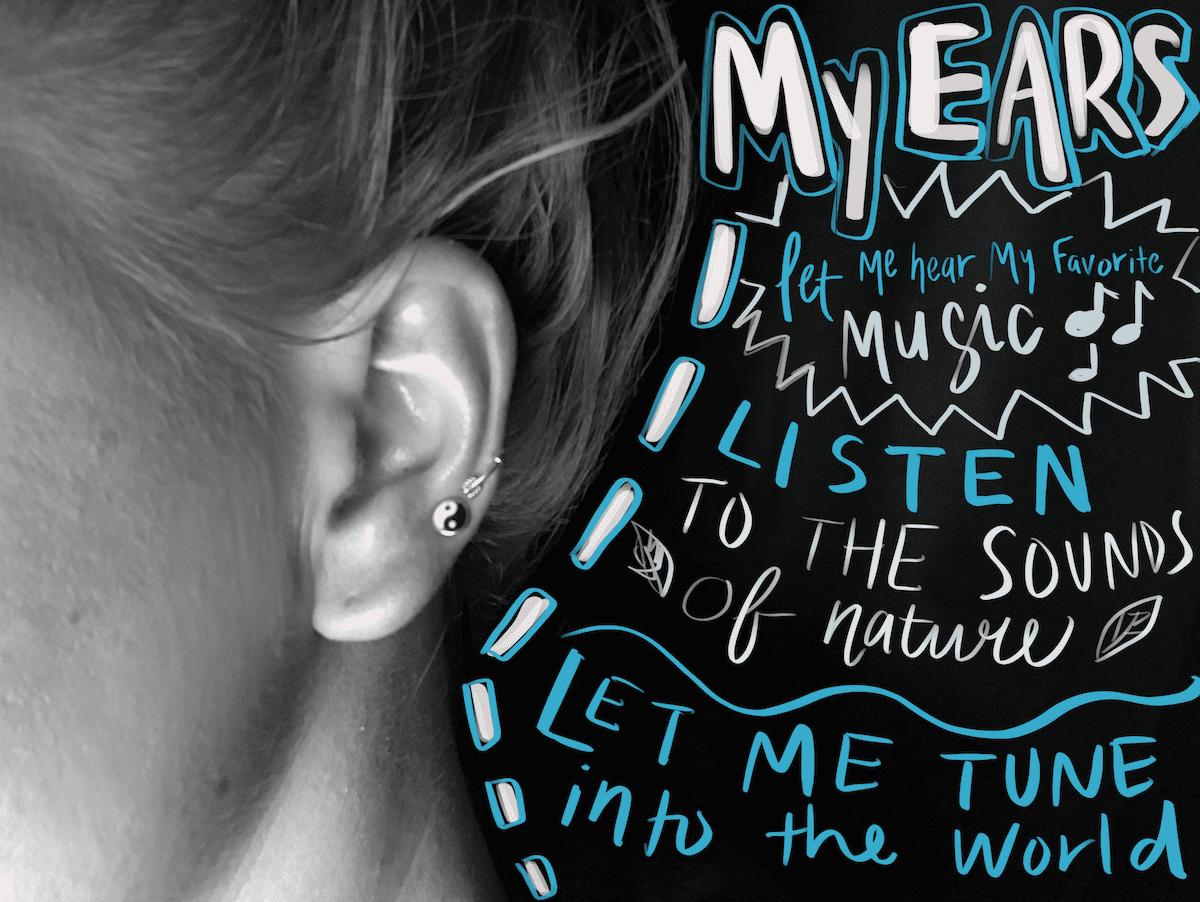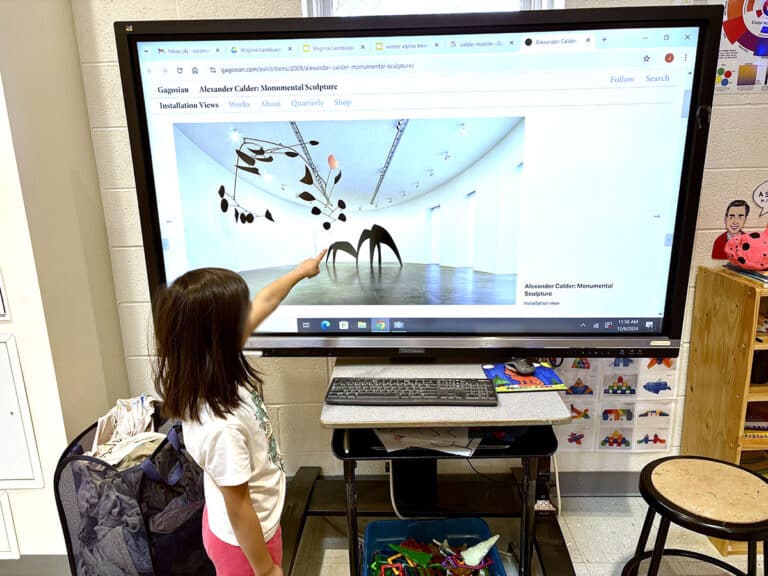Social-Emotional Learning (SEL) has become a spotlight topic in many school systems. At its core, SEL is an initiative to help students to be aware of, regulate, and manage their emotions. It teaches one to set positive goals, show empathy, and make responsible decisions. You might be thinking, “Aren’t these things all of my students should be doing anyway?” Yes, absolutely. But, it’s easier said than done.
Anxiety and depression rates in teen students are increasing. According to a Pew Research Center survey with participants ages being 13 to 17 years old, 7 out of 10 students identify mental health as being a problem amongst their peers. What makes today’s students different? One might point to a straightforward source: technology. However, it’s the pressure to get good grades, the pressure to do what social media is telling them, too. Today’s students feel the pressure all day long; it never goes away. For students to be successful academically, it is crucial that their social and emotional needs are met.
The art room is naturally a great space for students to tap into their social and emotional needs. But, to truly make an impact, we as educators must actively discuss its importance. When it comes to instilling SEL practices with our secondary students, it can be challenging to get students to open up. In middle school and high school, students become much more aware of their body image and faults within themselves, so it can be harder to reach them, but it can be done! Take a look at these five art lessons that bring in SEL concepts.
1. Personal Mantra Art
Our students are filled with self-doubt. In and out of school, they are comparing themselves to others. Instead of playing the comparison game, students need to practice positive self-talk. Research shows that the power of positivity does, in fact, work, which is why creating a personal mantra may be beneficial for your students. You might even develop a whole class mantra, but for your secondary students, creating something unique to each student will create more personal experience.
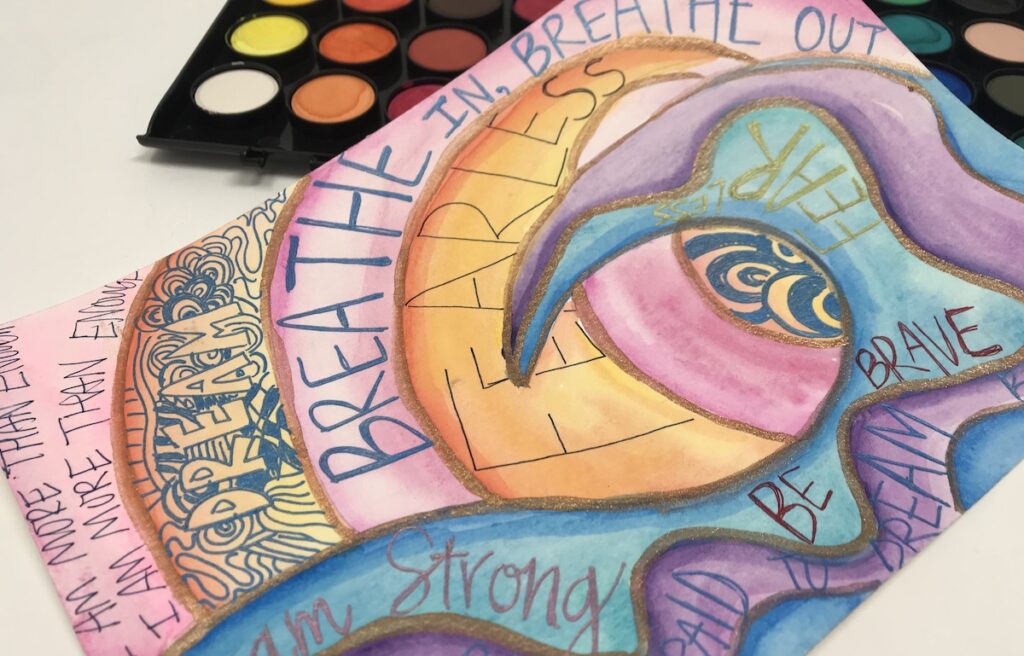
A personal mantra acts as a phrase or statement to inspire someone to become their best self. To begin crafting a mantra, ask your students what their goals are or what positive outcomes they’d like to achieve. From here, craft a lesson where students can implement positive phrases and statements they need for encouragement.
2. The Best Part of Me
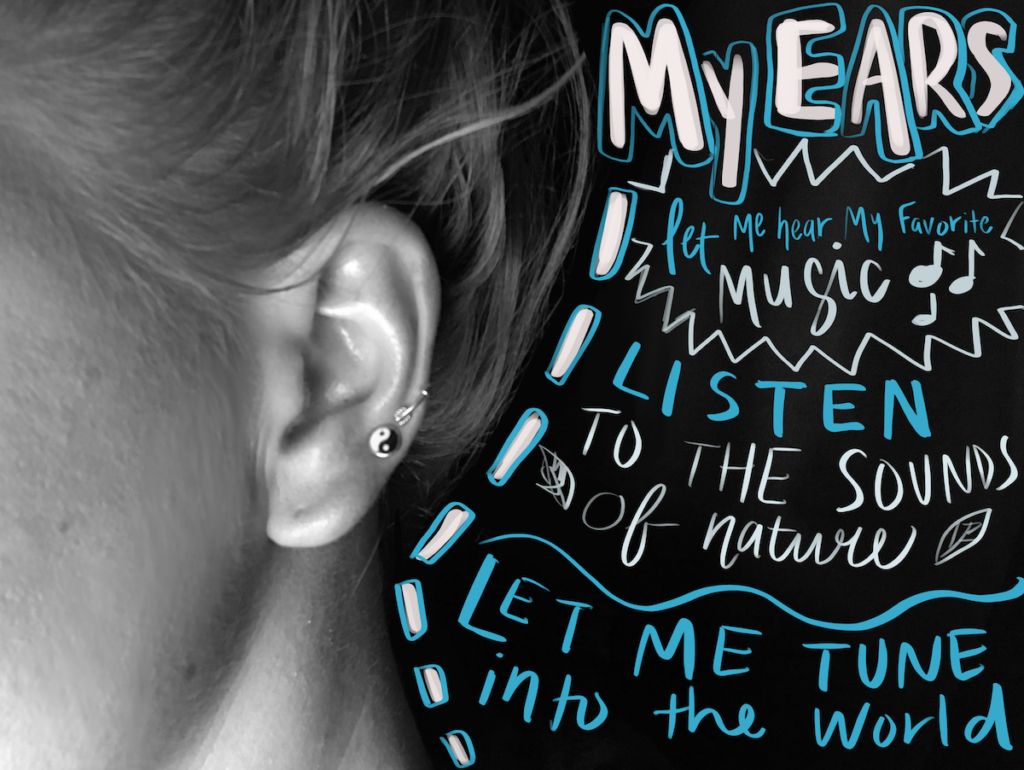
Way too many of our students struggle with low self-esteem and body image issues. Society and culture embed certain looks or perfection into the young minds of students. Instead, we should be sharing body positivity and celebrate how we were made. The book, The Best Part of Me, features photographs and words written by children. In it, they celebrate their best features. For example, one of the students in the book took a photo of her hands to celebrate that they helped her turn the pages in a book, which is one of the things that makes her happy. Sharing this book with your students will allow them to look within and celebrate who they are. Taking inspiration from the book, you can create a lesson that allows students to explore photography and celebrate their positive attributes.
3. Identify Art as Coping
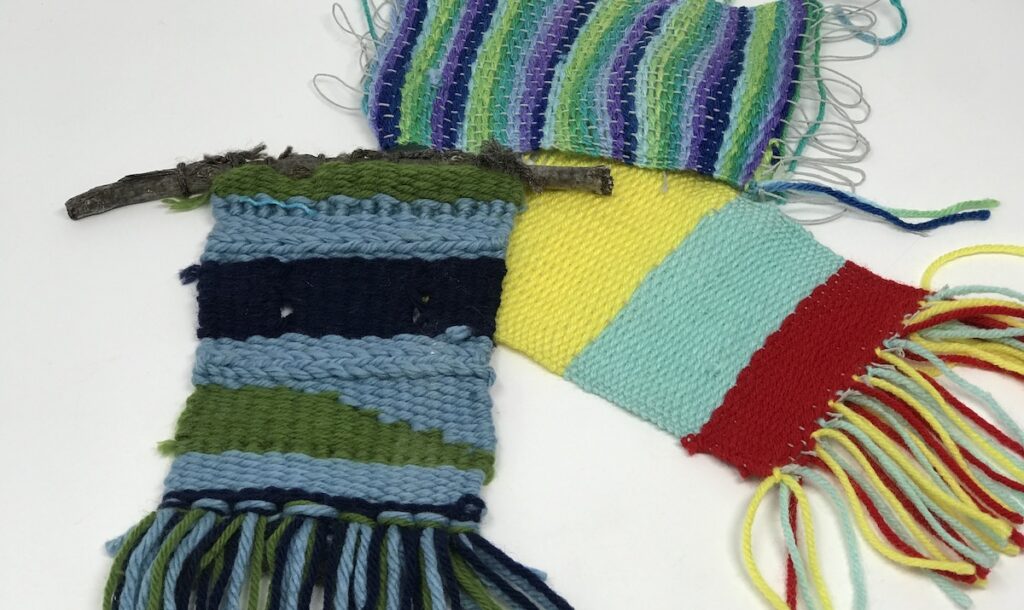
There is a positive correlation between creating art and improved mental health. For many of our students who are anxious or might struggle with emotions and coping skills, turning to art can be a positive outlet. In particular, art practices that require repetition might help relax and regulate student emotions. Fiber arts and weaving are often therapeutic mediums as the repetition of the practice almost becomes mindless. Exposing your students to simple art practices to help ease their minds will benefit their overall well-being. If you allow your students to see how art can be used as a coping mechanism, they’ll be able to start regulating their emotions through art. You might even find when students need to take a break or get into a different headspace; they’re coming to the art room.
4. Faceless Self Portraits
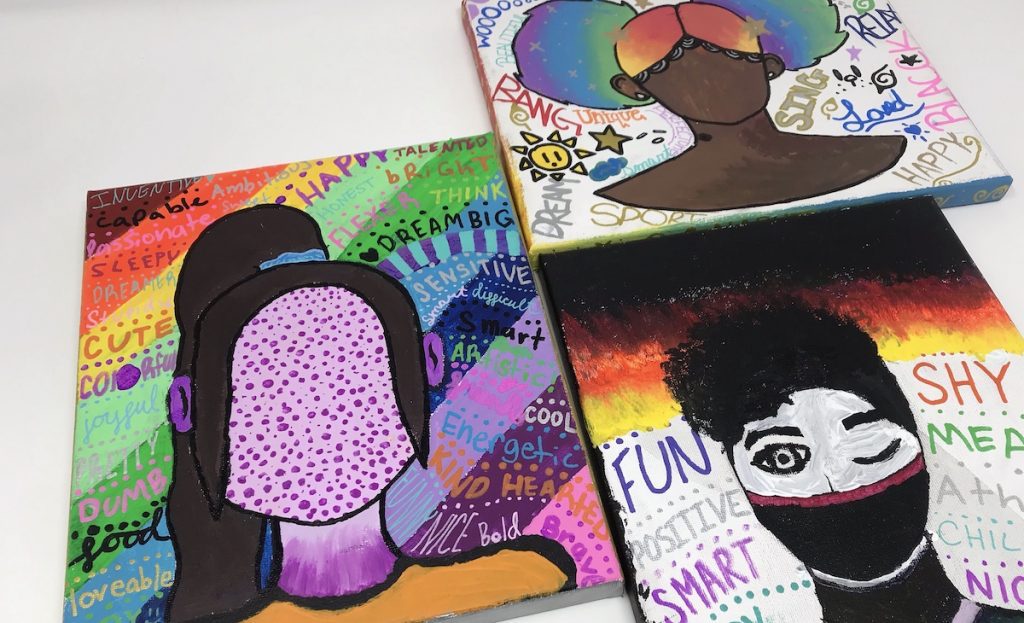
As students begin reaching their secondary years, they become more self-conscious about their identity, appearance, and perception. Although traditional self-portrait work is essential, sometimes our students need to start in a less intimidating way, so they can explore who they are without judgment. In this faceless self-portrait lesson, students will focus on who they are not based on how they look, but their unique personality traits to generate a positive self-image.
5. Emotions and Color
Students are bringing emotions and feelings into the classroom that occur outside of school. They might not want to talk about these things, but it is crucial for them to identify and express these feelings in a healthy, appropriate way. One way to get students to feel more comfortable about their moods and feelings is by showing it through color. Color can be used as a form of non-verbal communication. Instead of just teaching students about color mixing, be sure to discuss how it can affect moods and feelings.
Learn more with the Social-Emotional Learning PRO Learning Pack
The social and emotional needs of our students are essential. For students to flourish as adults, it’s essential to focus on the whole child. Students must be able to recognize their needs and find ways to regulate emotions and feelings. The art room can be a safe space for students to identify what they need and find strategies to be their best selves.
How do you teach SEL concepts in the art room?
What questions about social-emotional learning do you have?
Magazine articles and podcasts are opinions of professional education contributors and do not necessarily represent the position of the Art of Education University (AOEU) or its academic offerings. Contributors use terms in the way they are most often talked about in the scope of their educational experiences.
